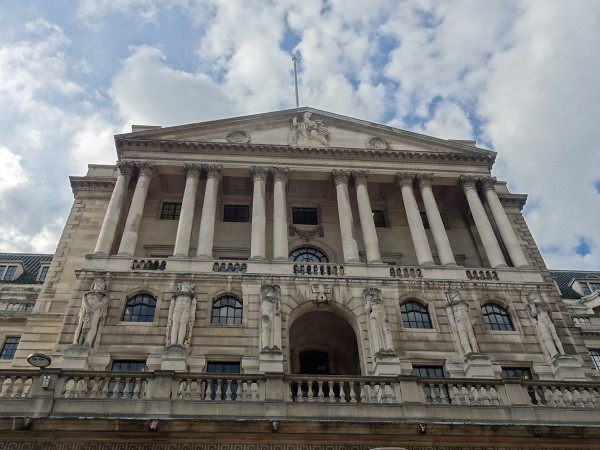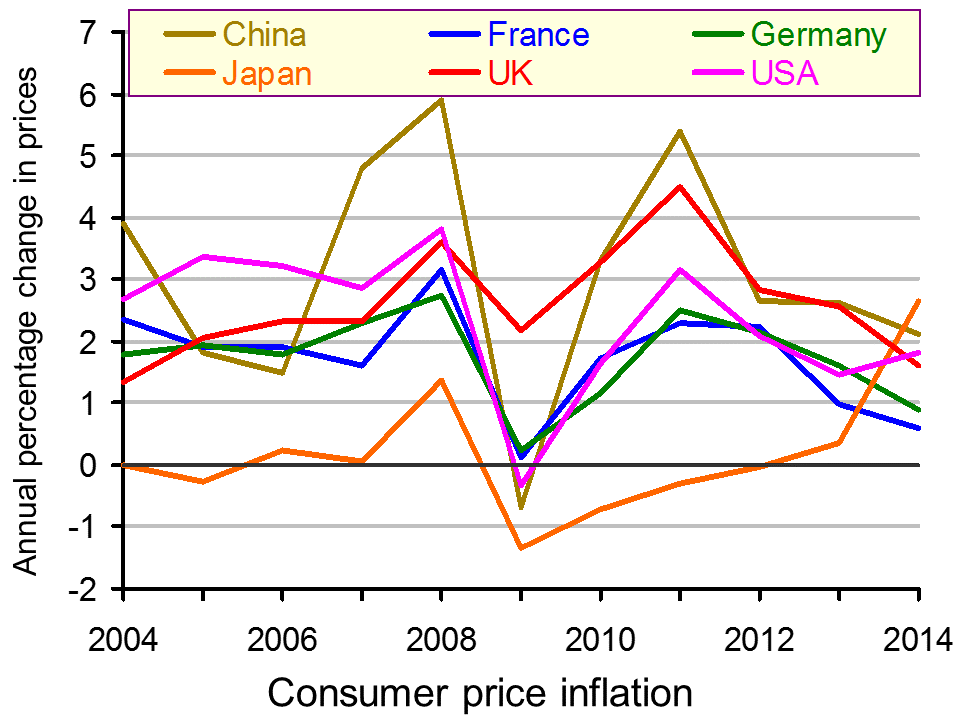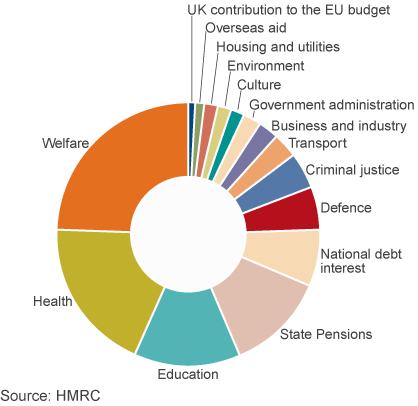Lumping all these together under a single heading ‘welfare’ can be highly misleading, as many people have strongly held preconceptions about who gets welfare. In fact the term is used pejoratively by many who resent their taxes being given to those who do not work.
Another preconception is that much of welfare spending goes to fraudulent claimants. But, as the article by Professor Hills states:
It is also important to consider people’s life cycle. The same people receive benefits (via their parents or guardians) as children, pay taxes when they work and receive benefits when they retire or fall sick. Thus you might be a net contributor to public finances at one time and a net beneficiary at another. For example, the majority of pensioners were net contributors when they were younger and are now mainly net beneficiaries. Many unemployed people who rely on benefits now were net contributors when they had a job.
The message is that you should be careful when interpreting statistics, even if these statistics are factually accurate. How figures are grouped together and the labels put on them can give a totally misleading impression. And politicians are always keen to ‘spin’ statistics to their advantage – whether in government or opposition.
 This weekend, Australia will play host to the world’s leaders, as the G20 Summit takes place. The focus of the G20 Summit will be on global growth and how it can be promoted. The Eurozone remains on the brink, but Germany did avoid for recession with positive (just) growth in the third quarter of this year. However, despite Australia’s insistence on returning the remit of the G20 to its original aims, in particular promoting growth, it is expected that many other items will also take up the G20’s agenda.
This weekend, Australia will play host to the world’s leaders, as the G20 Summit takes place. The focus of the G20 Summit will be on global growth and how it can be promoted. The Eurozone remains on the brink, but Germany did avoid for recession with positive (just) growth in the third quarter of this year. However, despite Australia’s insistence on returning the remit of the G20 to its original aims, in particular promoting growth, it is expected that many other items will also take up the G20’s agenda.
In February, the G20 Finance Ministers agreed various measures to boost global growth and it is expected that many of the policies discussed this weekend will build on these proposals. The agreement contained a list of new policies that had the aim of boosting economy growth of the economies by an extra 2% over a five year period. If this were to happen, the impact would be around £1.27 trillion. The agreed policies will be set out in more detail as part of the Brisbane Action Plan.
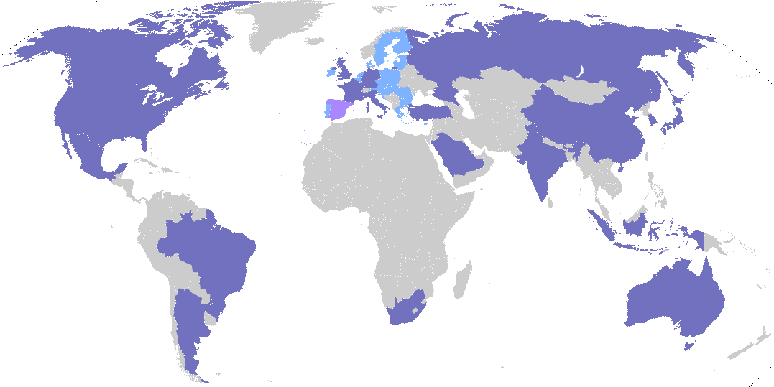 As well as a discussion of measures to promote global growth as a means of boosting jobs across the world, there will also be a focus on using these measures to prevent deflation from becoming a problem across Europe. Global tax avoidance by some of the major multinationals will also be discussed and leaders will be asked to agree on various measures. These include a common reporting standard; forcing multinationals to report their accounts country by country and principles about disclosing the beneficial ownership of companies. It it also expected that the tensions between Russia and Ukraine will draw attention from the world leaders. But, the main focus will be the economy. Australia’s Prime Minister, Tony Abbott said:
As well as a discussion of measures to promote global growth as a means of boosting jobs across the world, there will also be a focus on using these measures to prevent deflation from becoming a problem across Europe. Global tax avoidance by some of the major multinationals will also be discussed and leaders will be asked to agree on various measures. These include a common reporting standard; forcing multinationals to report their accounts country by country and principles about disclosing the beneficial ownership of companies. It it also expected that the tensions between Russia and Ukraine will draw attention from the world leaders. But, the main focus will be the economy. Australia’s Prime Minister, Tony Abbott said:
“Six years ago, the impacts of the global financial crisis reverberated throughout the world. While those crisis years are behind us, we still struggle with its legacy of debt and joblessness…The challenge for G20 leaders is clear – to lift growth, boost jobs and strengthen financial resilience. We need to encourage demand to ward off the deflation that threatens the major economies of Europe.”
 Many people have protested about the lack of action on climate change, but perhaps this has been addressed to some extent by the deal between China and the USA on climate change and Barak Obama’s pledge to make a substantial contribution to the Green Climate Fund. This has caused some problems and perhaps embarrassment for the host nation, as Australia has remained adamant that despite the importance of climate change, this will not be on the agenda of the G20 Summit. Suggestions now, however, put climate change as the final communique.
Many people have protested about the lack of action on climate change, but perhaps this has been addressed to some extent by the deal between China and the USA on climate change and Barak Obama’s pledge to make a substantial contribution to the Green Climate Fund. This has caused some problems and perhaps embarrassment for the host nation, as Australia has remained adamant that despite the importance of climate change, this will not be on the agenda of the G20 Summit. Suggestions now, however, put climate change as the final communique.
Some people and organisations have criticised the G20 and questioned its relevance, so as well as discussing a variety of key issues, the agenda will more broadly be aiming to address this criticism. And of course, focus will also be on tensions between some of the key G20 leaders. The following articles consider the G20 Summit.
Articles
Ukraine and Russia take center stage as leaders gather for G20 Reuters, Matt Siegel (14/11/14)
The G20 Summit: World leaders gather in Brisbane BBC News (14/11/11)
G20: Obama to pledge $2.5bn to help poor countries on climate change The Guardian, Suzanne Goldenberg (14/11/14)
G20 in 20: All you need to know about Brisbane Leaders summit in 20 facts Independent, Mark Leftly (13/11/14)
G20 leaders to meet in Australia under pressure to prove group’s relevance The Guardian, Lenore Taylor (13/11/14)
Australia PM Abbott accuses Putin of bullying on eve of G20 Financial Times, George Parker and Jamie Smyth (14/11/14)
G20: David Cameron in Australia for world leaders’ summit BBC News (13/11/14)
G20 summit: Australian PM Tony Abbott tries to block climate talks – and risks his country becoming an international laughing stock Independent, Kathy Marks (13/11/14)
Incoming G20 leader Turkey says groups must be more inclusive Reuters, Jane Wardell (14/11/14)
Behind the motorcades and handshakes, what exactly is the G20 all about – and will it achieve ANYTHING? Mail Online, Sarah Michael (14/11/14)
Is the global economy headed for the rocks? BBC News, Robert Peston (17/11/14)
Official G20 site
G20 Priorities G20
Australia 2014 G20
News G20
Questions
- What is the purpose of the G20 and which countries are members of it? Should any others be included in this type of organisation?
- What are the key items on the agenda for the G20 Summit in Brisbane?
- One of the main objectives of this Summit is to discuss the policies that will be implemented to promote growth. What types of policies are likely to be important in promoting global economic growth?
- What types of policies are effective at addressing the problem of deflation?
- What impact will the tensions between Russia and Ukraine have on the progress of the G20?
- Why are multinationals able to engage in tax evasion? What policies could be implemented to prevent this and to what extent is global co-operation needed?
- Discuss possible reforms to the IMF and the G20’s role in promoting such reforms.
- Should the G20 be scrapped?
 In his 1971 book, Income Distribution, Jan Pen, a Dutch economist, gave a graphic illustration of inequality in the UK. He described a parade of people marching by. They represent the whole population and the parade takes exactly one hour to pass by. The height of each person represents his or her income. People of average height are the people with average incomes – the observer is of average height. The parade starts with the people on the lowest incomes (the dwarfs), and finishes with those on the highest incomes (the giants).
In his 1971 book, Income Distribution, Jan Pen, a Dutch economist, gave a graphic illustration of inequality in the UK. He described a parade of people marching by. They represent the whole population and the parade takes exactly one hour to pass by. The height of each person represents his or her income. People of average height are the people with average incomes – the observer is of average height. The parade starts with the people on the lowest incomes (the dwarfs), and finishes with those on the highest incomes (the giants).
Because income distribution is unequal, there are many tiny people. Indeed, for the first few minutes of the parade, the marchers are so small they can barely be seen. Even after half an hour, when people on median income pass by, they are barely waist high to the observer.
The height is growing with tantalising slowness, and forty-five minutes have gone by before we see people of our own size arriving. To be somewhat more exact: about twelve minutes before the end the average income recipients pass by.
In the final minutes, giants march past and then in the final seconds:
the scene is dominated by colossal figures: people like tower flats. Most of them prove to be businessmen, managers of large firms and holders of many directorships and also film stars and a few members of the Royal Family.
The rear of the parade is brought up by a few participants who are measured in miles. Indeed they are figures whose height we cannot even estimate: their heads disappear into the clouds and probably they themselves do not even know how tall they are.
Pen’s description could be applied to most countries – some with even more dwarfs and even fewer but taller giants. Generally, over the 43 years since the book was published, countries have become less equal: the giants have become taller and the dwarfs have become smaller.
The 2011 Economist article, linked below, uses changes in Gini coefficients to illustrate the rise in income inequality. A Gini coefficient shows the area between the Lorenz curve and the 45° line. The figure will be between 0 and 1 (or 0% and 100%). a figure of 0 shows total equality; a figure of 1 shows a situation of total inequality, where one person earns all the nation’s income. The higher the figure, the greater the inequality.
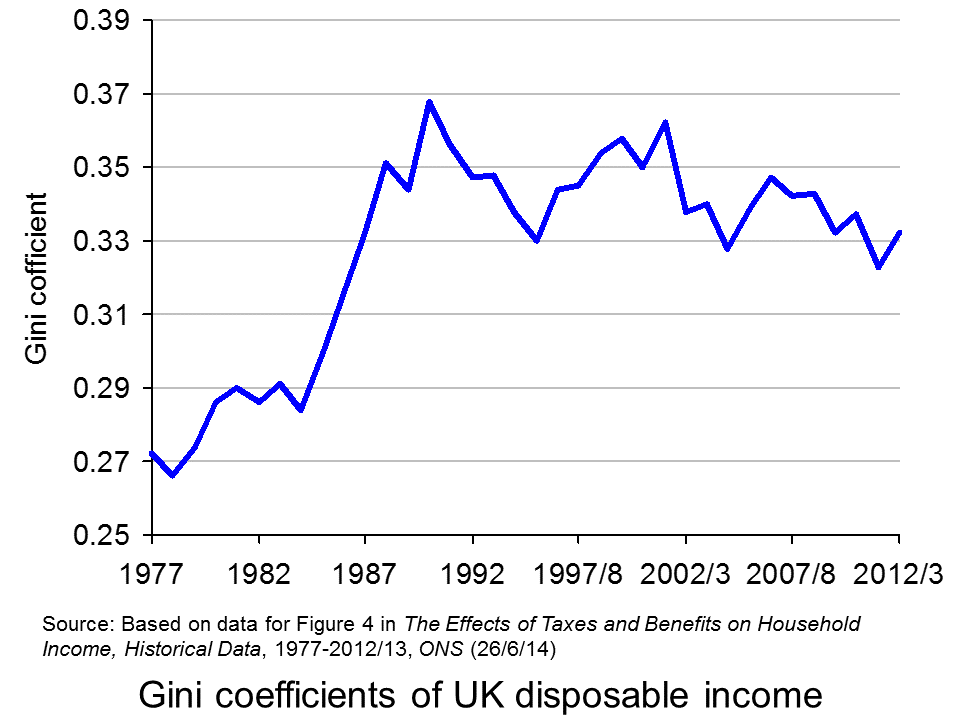 The chart opposite shows changes in the Gini coefficient in the UK (see Table 27 in the ONS link below for an Excel file of the chart). As this chart and the blog post Rich and poor in the UK show, inequality rose rapidly during the years of the 1979–91 Thatcher government, and especially in the years 1982–90. This was associated with cuts in the top rate of income tax and business deregulation. It fell in the recession of the early 1990s as the rich were affected more than the poor, but rose with the recovery of the mid- to late 1990s. It fell again in the early 2000s as tax credits helped the poor. It fell again following the financial crisis as, once more, the rich were affected proportionately more than the poor.
The chart opposite shows changes in the Gini coefficient in the UK (see Table 27 in the ONS link below for an Excel file of the chart). As this chart and the blog post Rich and poor in the UK show, inequality rose rapidly during the years of the 1979–91 Thatcher government, and especially in the years 1982–90. This was associated with cuts in the top rate of income tax and business deregulation. It fell in the recession of the early 1990s as the rich were affected more than the poor, but rose with the recovery of the mid- to late 1990s. It fell again in the early 2000s as tax credits helped the poor. It fell again following the financial crisis as, once more, the rich were affected proportionately more than the poor.
 The most up-to-date international data for OECD countries can be found on the OECD’s StatExtracts site (see chart opposite: click here for a PowerPoint). The most unequal developed county is the USA, with a Gini coefficient of 0.389 in 2012 (see The end of the American dream?), and US inequality is rising. Today, the top 1% of the US population earns some 24% of national income. This compares with just 9% of national income in 1976.
The most up-to-date international data for OECD countries can be found on the OECD’s StatExtracts site (see chart opposite: click here for a PowerPoint). The most unequal developed county is the USA, with a Gini coefficient of 0.389 in 2012 (see The end of the American dream?), and US inequality is rising. Today, the top 1% of the US population earns some 24% of national income. This compares with just 9% of national income in 1976.
Many developing countries are even less equal. Turkey has a Gini coefficient of 0.412 and Mexico of 0.482. The figure for South Africa is over 0.6.
When it comes to wealth, distribution is even less equal. The infographic, linked below, illustrates the position today in the USA. It divides the country into 100 equal-sized groups and shows that the top 1% of the population has over 40% of the nation’s wealth, whereas the bottom 80% has only 7%.
So is this inequality of income and wealth desirable? Differences in wages and salaries provide an incentive for people to work harder or more effectively and to gain better qualifications. The possibility of increased wealth provides an incentive for people to invest.
But are the extreme differences in wealth and income found in many countries today necessary to incentivise people to work, train and invest? Could sufficient incentives exist in more equal societies? Are inequalities in part, or even largely, the result of market imperfections and especially of economic power, where those with power and influence are able to use it to increase their own incomes and wealth?
Could it even be the case that excessive inequality actually reduces growth? Are the huge giants that exist today accumulating too much financial wealth and creating too little productive potential? Are they spending too little and thus dampening aggregate demand? These arguments are considered in some of the articles below. Perhaps, by paying a living wage to the ‘tiny’ people on low incomes, productivity could be improved and demand could be stimulated.
Infographic
 Wealth Inequality in America YouTube, Politizane (20/11/12)
Wealth Inequality in America YouTube, Politizane (20/11/12)
Articles
The rise and rise of the cognitive elite The Economist (20/1/11)
Inequality in America: Gini in the bottle The Economist (26/11/13)
Pen’s Parade: do you realize we’re mostly dwarves? LVTFan’s Blog (21/2/11)
Here Are The Most Unequal Countries In The World Business Insider, Andy Kiersz (8/11/14)
Inequality in the World Dollars & Sense, Arthur MacEwan (Nov/Dec 14)
Britain is scared to face the real issue – it’s all about inequality The Observer, Will Hutton (19/1/14)
The tame inequality debate FundWeb, Daniel Ben-Ami (Nov 14)
Is inequality the enemy of growth? BBC News, Robert Peston (6/10/14)
Data
GINI index World Bank data
List of countries by income equality Wikipedia
The Effects of Taxes and Benefits on Household Income, 2012/13 ONS (see table 27)
Income Distribution and Poverty: Gini (disposale income) OECD StatExtract
Questions
- Distinguish between income and wealth. Is each one a stock or a flow?
- Explain how (a) a Lorenz curve and (b) a Gini coefficient are derived.
- What other means are there of measuring inequality of income and wealth other than using Gini coefficients (and giants and dwarfs!)?
- Why has inequality been rising in many countries over the years?
- How do (a) periods of rapid economic growth and (b) recessions affect income distribution?
- Define ‘efficiency wages’. How might an increase in wages to people on low incomes result in increased productivity?
- What is the relationship between the degree of inequality and household debt? What implications might this have for long-term economic growth and future financial crises? Is inequality the ‘enemy of growth’?
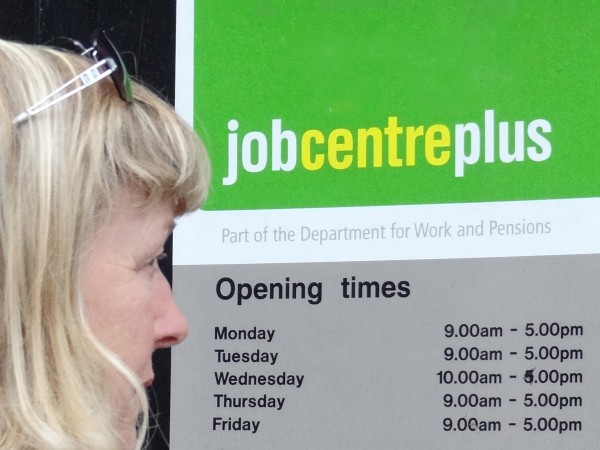 Figures for employment and unemployment give an incomplete picture of the state of the labour market. Just because a person is employed, that does not mean that they are working the number of hours they would like.
Figures for employment and unemployment give an incomplete picture of the state of the labour market. Just because a person is employed, that does not mean that they are working the number of hours they would like. The ONS data also show how under- and overemployment have changed over time: see chart (click here for a PowerPoint). Before the financial crisis and recession, overemployment exceeded underemployment. After the crisis, the position reversed: underemployment rose from 6.8% in 2007 to a peak of 10.8% in mid-2012; while overemployment fell from 10.5% in 2007 to a trough of 8.8% in early 2013.
The ONS data also show how under- and overemployment have changed over time: see chart (click here for a PowerPoint). Before the financial crisis and recession, overemployment exceeded underemployment. After the crisis, the position reversed: underemployment rose from 6.8% in 2007 to a peak of 10.8% in mid-2012; while overemployment fell from 10.5% in 2007 to a trough of 8.8% in early 2013.